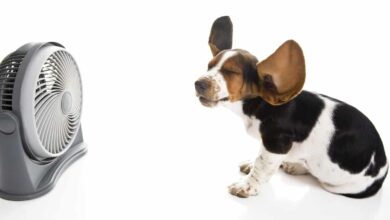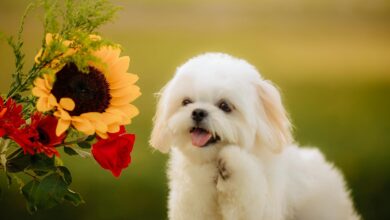7 stunning variations with images
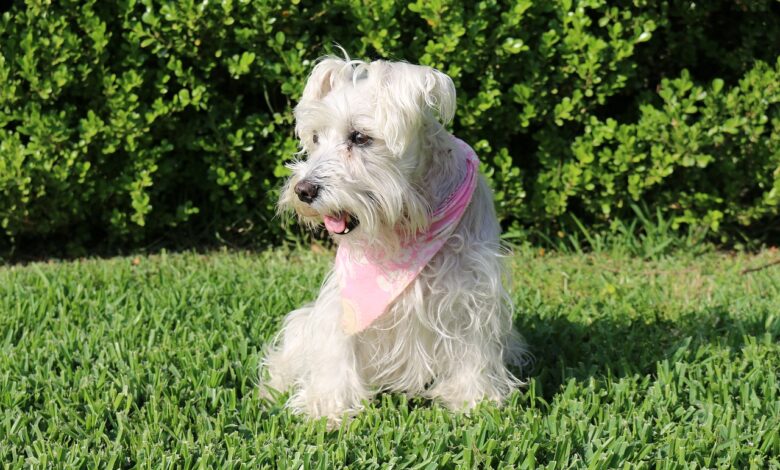
Schnauzers, with their distinctive whiskered muzzles and expressive eyebrows, are a breed known not only for their alert and cautious personalities but also for their wide variety of coat colors. Originating in Germany, Schnauzers come in three different sizes—Miniature, Standard, and Giant—each of which can come in a variety of colors according to specific breed standards. These colors not only enhance the dog’s appearance but can also influence grooming needs and visibility in dog shows. This breed’s coat is shaggy and dense, creating the perfect backdrop for its striking color variations, from the traditional salt and pepper to more unique shades like pure white or black and white. silver. This article will explore seven stunning color variations of the Schnauzer, showing how these colors contribute to the breed’s charm and distinctive presence.
1. Salt and pepper
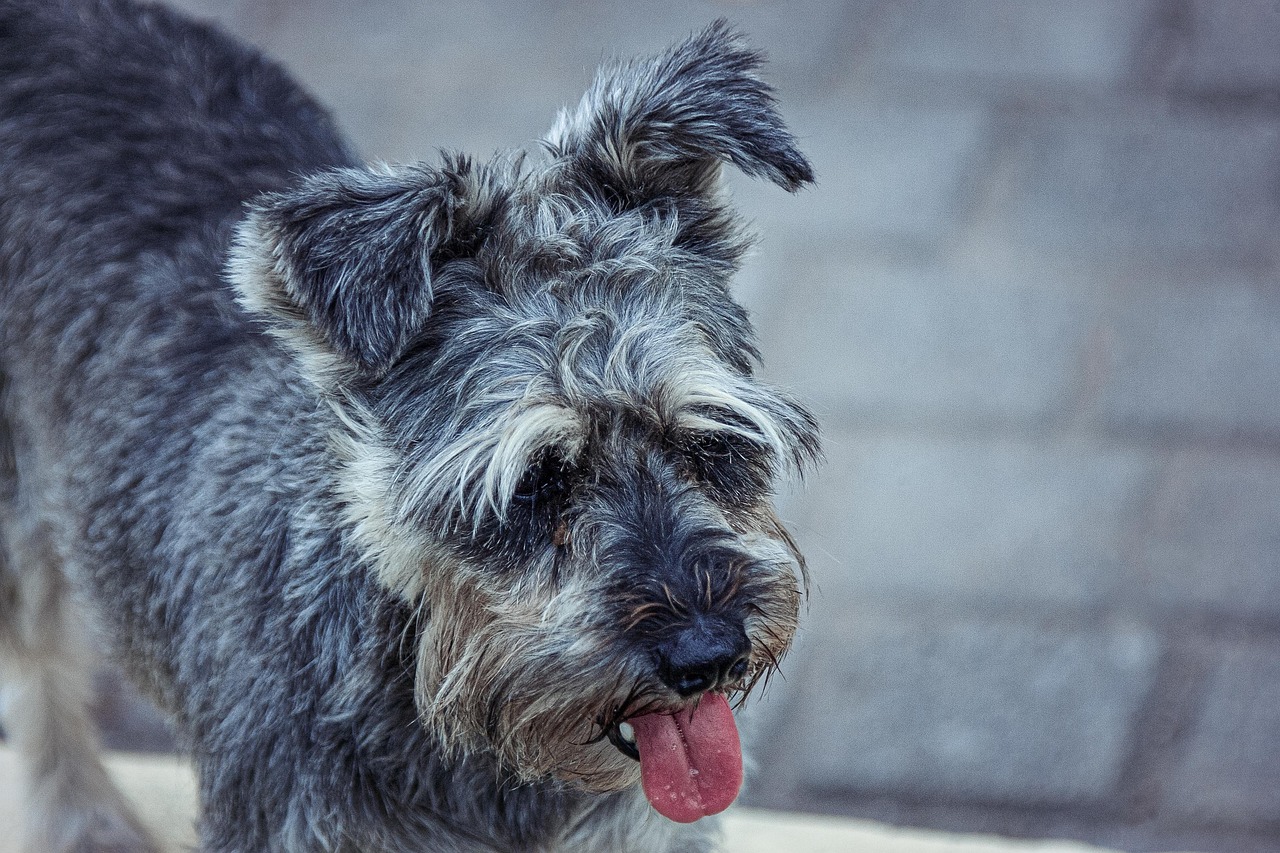
The salt and pepper color is the most iconic and recognized shade of Schnauzers. This color has banded hairs, creating a mixed gray effect and is achieved by a combination of black and white hairs mixed throughout the coat. The intensity of gray can vary, creating a spectrum from light to dark colors. This model also includes a dark mask, which highlights the Schnauzer’s expressive face. The Salt and Pepper Schnauzer is prized for its traditional appearance and the way its coat accentuates the breed’s characteristic solid, muscular physique.
2. Black

Jet black Schnauzer dogs have smooth, uniform coats that exude elegance and boldness. Unlike the salt and pepper variety, black Schnauzers are solid black with no bands. Their dark fur provides a surprising contrast to the often silvery interior of their eyebrows, whiskers, and legs. Black Schnauzers can have a particularly striking appearance, making them a popular choice for both dog shows and as family pets. This color variation requires regular grooming to maintain the coat’s rich shine and avoid dullness.
3. Black and Silver

The black and silver Schnauzer is another popular color variation, where the base of the coat is solid black with distinct silver markings on the eyebrows, whiskers, chest and legs. This color model is similar to the black Schnauzer but has an added touch thanks to its striking silver accents. These markings should be clear and distinct, contrasting sharply with the darker body color. Black and silver Schnauzers are often admired for their impressive and regal appearance, which can be especially eye-catching during competitions.
4. White

White Schnauzers are less common and are characterized by having snow-white fur. This color is not recognized in standard and giant Schnauzers but is an accepted color in Miniature Schnauzers. White Schnauzers require careful care to keep their coats pristine and stain-free. While spectacular, the white coat can pose challenges as it can easily collect dirt and may require more frequent bathing.
5. Platinum silver
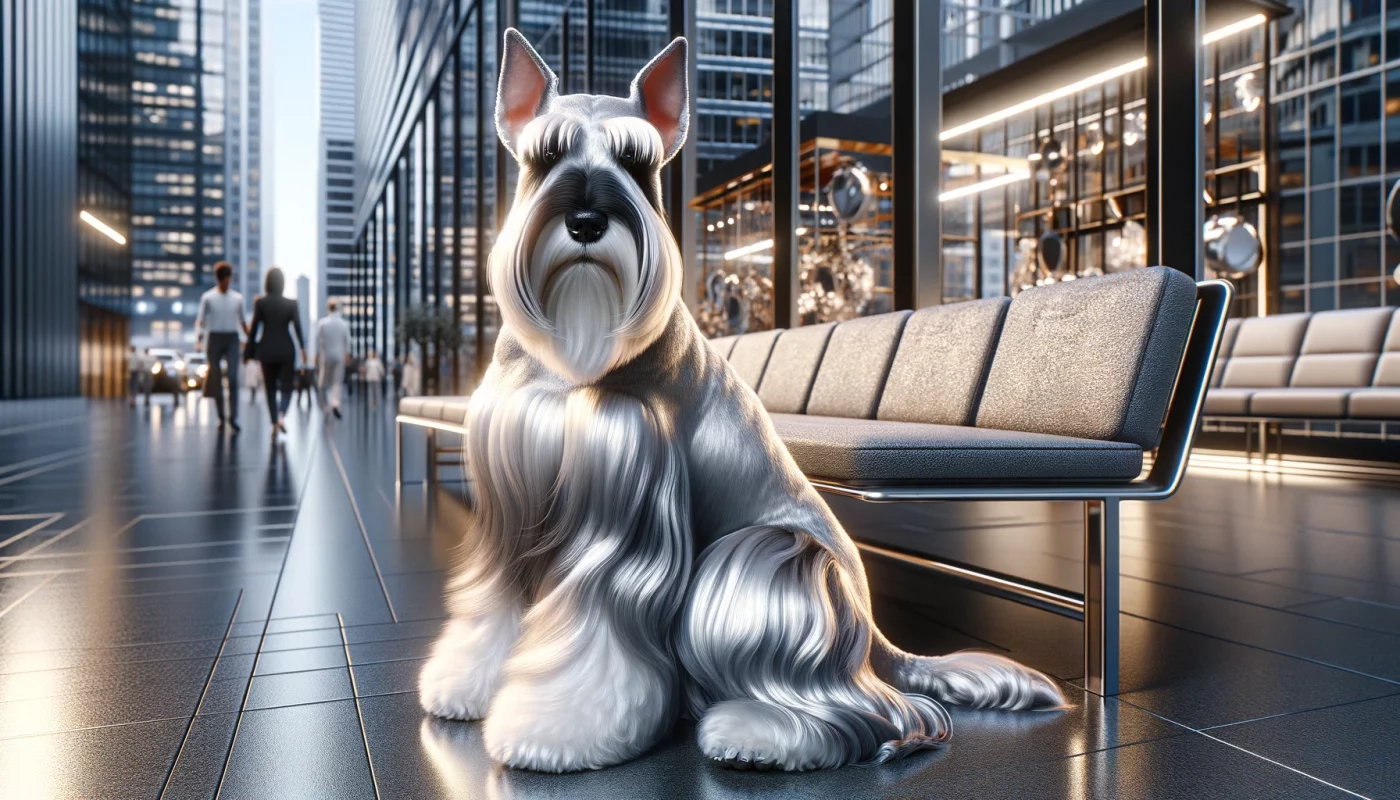
Platinum silver Schnauzers are a rarer color variation that has a lighter, almost metallic silver coating. This beautiful color is commonly seen in Miniature Schnauzers and is celebrated for its unique, eye-catching appearance. The platinum silver coat shimmers beautifully in sunlight, giving it an almost ethereal look. Owners of platinum silver Schnauzers may frequently be stopped by admirers because of the rare beauty of the breed’s luxurious coat.
6. Chocolate (Liver)

Chocolate or liver-colored Schnauzers are quite rare and are the result of a recessive gene. This warm, dark brown can vary in shade but always maintains a rich tone different from traditional black or gray Schnauzers. Chocolate Schnauzers often have matching brown eyes and noses, which can soften their overall expression compared to the more common darker colors.
7. Partial color
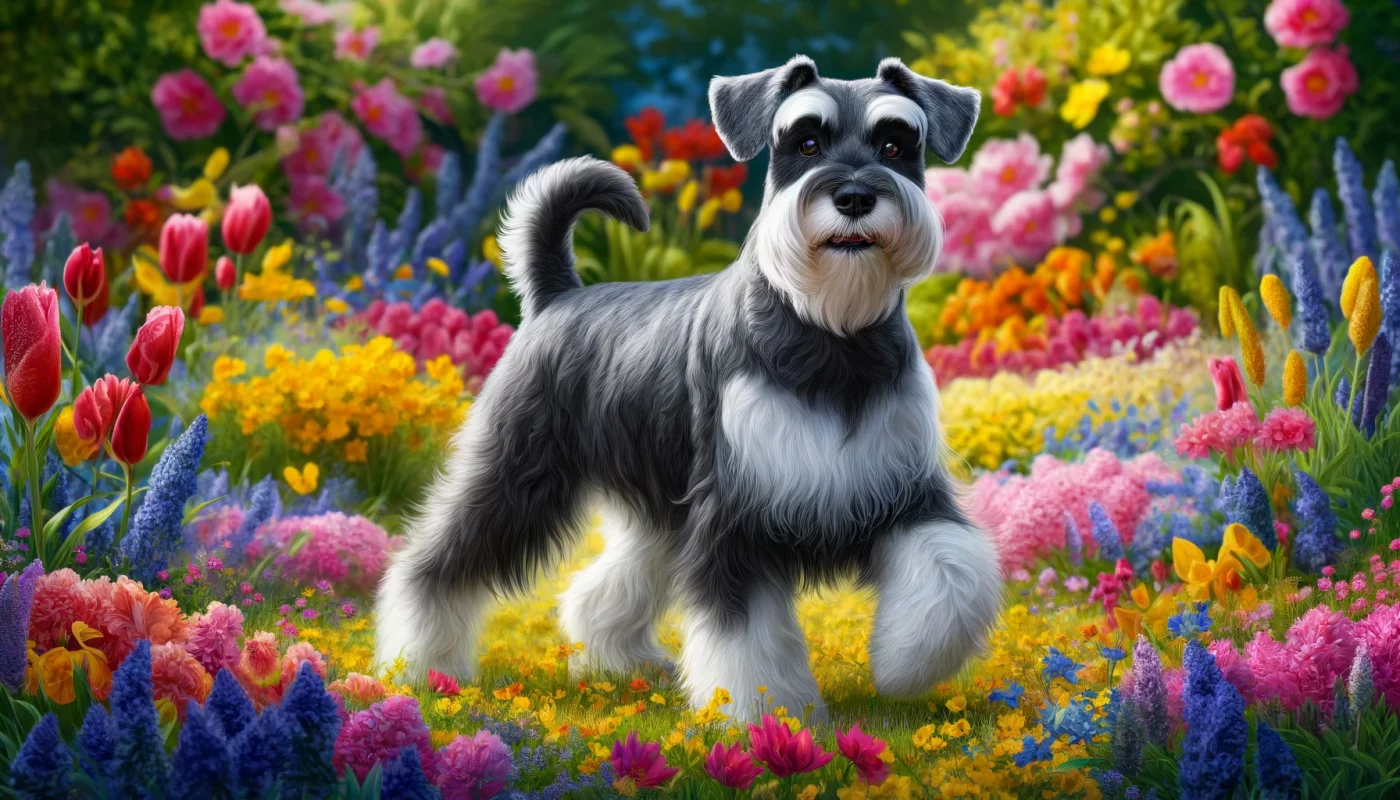
Partially colored Schnauzers have two colors, one of which must be white, distributed in a circular pattern on the body. This variety can include any other recognized color and gives a unique, sometimes bizarre appearance. Multicolored Schnauzers are particularly rare and can stand out thanks to their distinctive styling, ensuring no two dogs look exactly alike.
In short, Schnauzers come in a variety of exciting colors, each adding a unique touch to the breed’s already attractive demeanor. From classic salt and pepper to rare chocolate and striking platinum silver, these colors highlight the versatility and beauty of the Schnauzer breed. Whether competing in dog shows or serving as loyal family companions, Schnauzers of all colors embody the breed’s characteristic vitality and distinction. Color choice can influence grooming needs and aesthetics, but all Schnauzers, regardless of coat color, share the same robust health and lively personalities that their owners adore.
Frequently Asked Questions About Schnauzer Colors
1. What are the most common colors of Schnauzers?
The most common colors of Schnauzers, especially the Standard and Miniature types, are salt and pepper. This classic and iconic color features banded hairs that create a blended gray effect, appearing as alternating shades of black and white. The Salt and Pepper Schnauzer presents a natural, earthy appearance with a darker mask that enhances the dog’s expressive facial features. This color not only accentuates the breed’s healthy physique, but is also popular for its ability to hide dirt and debris better than lighter coats, making it practical as well as functional. aesthetics.
2. Are white Schnauzers rare?
White Schnauzers are quite rare and are not recognized in the Standard or Giant Schnauzer breeds by many kennel club standards. However, they are recognized as miniature Schnauzers. White Schnauzers are distinguished by their striking, pure white coat, which requires careful care to maintain their pristine appearance. Rarity and need for maintenance make white Schnauzers less popular, although they are beloved by their owners for their unique and eye-catching appearance.
3. Can Schnauzers be black and silver?
Yes, black and silver are recognized and popular colors in Schnauzers, especially in the Miniature range. This color model has a solid black base with elegant silver markings commonly found on the eyebrows, beard, chest and legs. The sharp contrast between the black and silver areas gives these Schnauzers a dramatic and attractive appearance, making them very popular in both the show ring and as pets.
4. What does a platinum silver Schnauzer look like?
A platinum silver Schnauzer sports a shimmering, metallic-like coat of almost ethereal beauty. This lighter gray often appears bright and can vary from pale silver to almost white. Platinum-silver Schnauzers especially stand out in sunlight, where their coats can reflect light with a shiny coat. This color is most commonly seen in the Miniature Schnauzer breed and is celebrated for its unique shine and rarity.
5. How popular are chocolate or liver Schnauzers?
Chocolate or liver schnauzers are quite rare. This color is the result of a recessive gene and has a warm, dark brown tone throughout the dog’s coat. Liver-colored Schnauzers also have brown noses, paw pads, and eye rims, which distinguishes them from the more typical black or salt-and-pepper breeds. Due to the genetic trait required to produce this coloration, chocolate Schnauzers are rarely seen but are prized for their unusual and distinctive appearance.
6. What are multicolored Schnauzers?
Multicolored Schnauzers have mostly white fur with markings of other colors, such as black, silver, or gray. This unique color pattern is exceptionally rare and is not recognized by all kennel clubs, especially for Standard and Giant Schnauzers. However, in Miniature Schnauzers, discoloration can occur and is quite eye-catching due to the sharp contrast between the white background and darker patches.
7. Does a Schnauzer’s color affect its personality?
No, a Schnauzer’s color does not affect its personality. Schnauzers, regardless of their coat color, generally have the same temperament and behavior typical of the breed. These include vigilance, spirit, and loyalty. Personality traits in Schnauzers are influenced more by genetics, education and training than their coat color.
8. Are there any health problems associated with certain Schnauzer colors?
In Schnauzers, there are no known health problems directly related to coat color. However, white Schnauzers can sometimes be more susceptible to skin cancer and sunburn due to their lack of pigmentation, which requires owners to take extra precautions in sunny climates. As with any breed, genetic diversity and appropriate breeding methods have a greater influence in determining a dog’s health than coat color.
9. How does sunlight affect the coat color of Schnauzer dogs?
Sunlight can cause your Schnauzer’s coat color to fade, especially darker colors like black or chocolate. Continuous exposure to sunlight can lighten these colors, making them look bleached. For lighter colored Schnauzers, such as white or platinum silver, sunlight may not fade the color but may increase the risk of skin problems due to their sensitive skin .
10. Can Schnauzer dogs change color as they grow older?
Yes, Schnauzer puppies can change color as they grow, especially those born with darker fur. For example, black puppies may develop silver or gray fur as they mature, and salt-and-pepper puppies may notice a significant adjustment in the banding of their fur. Regular grooming and age can affect the final appearance of their coat color, which may stabilize as they reach adulthood.
